Edición Segunda
Manual
completo de
los verbos en
INGLÉS
Prof. Jaime Garza Bores
McGraw-Hill
New York Chicago San Francisco Lisbon London Madrid Mexico City Milan New Delhi San Juan Seoul Singapore Sydney TorontoThe McGraw-Hill CompaniesLibrary of Congress Cataloging-in-Publication Data Garza Bores, Jaime. Manual completo de los verbos en ingles / Jaime Garza Bores. p. cm. ISBN 0-07-144496-3 1.
English language—Textbooks for foreign speakers—Spanish. 2. English language—Verb—Handbooks, manuals, etc. I. Title. PE1129.S8G358 2005 428.2´461—dc222004055986 Originally published by Editorial Diana and Editorial Universo Copyright © 2005 by The McGraw-Hill Companies, Inc.
All rights reserved. Printed in the United States of America. Except as permitted under the United States Copyright Act of 1976, no part of this publication may be reproduced or distributed in any form or by any means, or stored in a database or retrieval system, without the prior written permission of the publisher. 14 15 QFR/QFR 1 5 4 3 ISBN 0-07-144496-3 McGraw-Hill books are available at special quantity discounts to use as premiums and sales promotions, or for use in corporate training programs. For more information, please write to the Director of Special Sales, Professional Publishing, McGraw-Hill, Two Penn Plaza, New York, NY 10121-2298.
Contenido
Preface
Designed with the needs of Spanish speakers in mind,
Manual completo de los verbos en inglés presents the main features of the English verb system in a single, compact volume.
Contenido
Preface
Designed with the needs of Spanish speakers in mind,
Manual completo de los verbos en inglés presents the main features of the English verb system in a single, compact volume.
In it you will find: • A list of the most common regular verbs in English. • A complete list of irregular verbs in English, grouped according to pattern. This special feature allows irregular verbs to be easily learned in related groups. Examples illustrate the verbs in context, and notes give important information on the meaning and usage of the different forms. • A complete list of all auxiliary verbs in English, along with complete examples of all the tenses they form and notes explaining their meaning and usage. This unique book is the perfect way to learn English verbs quickly, practically, and economically!
Prólogo
Específicamente diseñado para los hispanoparlantes,
Manual completo de los verbos en inglés reúne las características de los verbos y ofrece múltiples ejemplos de los mismos en un solo tomo.
El lector encontrará: • Los verbos regulares más comunes. • Los verbos irregulares catalogados según sus formas; de esta manera se aprenderán más fácilmente. • Ejemplos y notas que ofrecen información valiosísima sobre el uso apropiado de los verbos. • Los verbos auxiliares con cuadros de construcción que muestran cómo se emplean. Este manual es el instrumento perfecto para aprender a manejar los verbos rápidamente. TO BE (ser o estar) en sus tiempos presente y pasado con el verbo to write (escribir) en su forma ING (escribiendo). TO BE (ser o estar) en sus tiempos presente y pasado con el verbo to write (escribir) en su forma ING (escribiendo).
Note las expresiones de tiempo now (ahora) y yesterday (ayer), así como los pronombres I (yo), he (él) y they (ellos).
| 1. I 2. He 3. They 4. I 5. They | AMISAREWASWERE | writing a letter now writing a letter nowwriting a letter now writing a letter yesterdaywriting a letter yesterday |
| TRADUCCIÓN 1. Yo estoy escribiendo una carta ahora 2. Él está escribiendo una carta ahora 3. Ellos están escribiendo una carta ahora 4. Yo estuve escribiendo una carta ayer 5. Ellos estuvieron escribiendo una carta ayer |
NOTA: Empléase
IS, en
he, she, it y
ARE en
you, we, you, they.
Empléase WAS en I, he, she, it y WERE en you, we, you, they.
| Nótese ahora la partícula negativa NOT después de am, is, are, was y were para formar las negaciones en presente y en pasado. |
| I am He is They are I was They were | NOT NOT NOT NOT NOT | writing a letter now writing a letter now writing a letter now writing a letter yesterdaywriting a letter yesterday |
| En las preguntas am, is, are, was, were se anteponen a los pronombres I, he, they. |
| AMISAREWASWERE | I writing a letter now? he writing a letter now? they writing a letter now? I writing a letter yesterday? they writing a letter yesterday? |
CUADRO SINÓPTICO DEL VERBO
TO BE

 AUXILIARES DEL INTERROGATIVO PARA EL TIEMPO PRESENTE Y PASADO DE TODOS LOS VERBOS EN INGLÉS
AUXILIARES DEL INTERROGATIVO PARA EL TIEMPO PRESENTE Y PASADO DE TODOS LOS VERBOS EN INGLÉS (excepto
to be: ser o estar;
can: poder;
must: deber)

| Observe el empleo de DO y DOES para preguntar en tíempo presente; y DID para hacer preguntas en tiempo pasado. Advierta asimismo el verbo en su forma simple (write) en el Pasado interrogativo (3 y 4) puesto que DID basta para expresar dicho pasado. DO you write many letters every day? 2. DOES he write many letters every day? 3. DID you write many letters yesterday? 4. DID he write many letters yesterday? |
| TRADUCCIÓN 1. ¿Escribe usted muchas cartas todos los días? 2. ¿Escribe él muchas cartas todos los días? 3. ¿Escribió usted muchas cartas ayer? 4. ¿Escribió él muchas cartas ayer? |
NOTA: El pasado de los verbos se emplea únicamente en la forma afirmativa: I
wrote a letter yesterday (Yo escribí una carta ayer).
AUXILIARES DEL PRESENTE Y PASADO NEGATIVO PARA TODOS LOS VERBOS EN INGLÉS (excepto
to be: ser o estar;
can: poder;
must: deber)
| Presente negativo | Pasado negativo |
| DO NOT (para: I, you, we, you, they) DOES NOT (terceras personas: he, she, it) | DID NOT (para: I, you, you, they) DID NOT (terceras personas: he, she, it) |
Observe el empieo de NOT después de do, does y did en las negaciones en tiempo presente y pasado. AUXILIARES DEL PRESENTE Y PASADO NEGATIVO PARA TODOS LOS VERBOS EN INGLÉS (excepto to be: ser o estar; can: poder; must: deber) | Presente negativo | Pasado negativo | | DO NOT (para: I, you, we, you, they) DOES NOT (terceras personas: he, she, it) | DID NOT (para: I, you, you, they |
|
Página siguiente
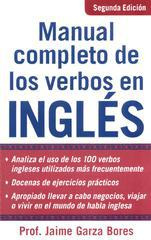

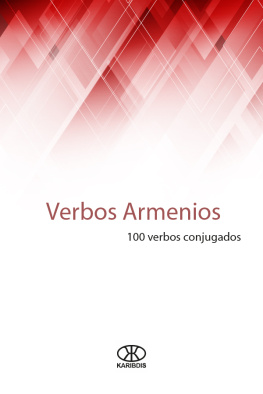


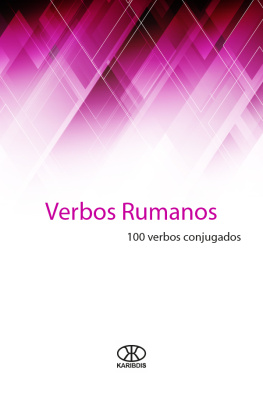

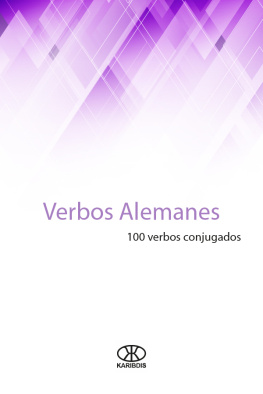



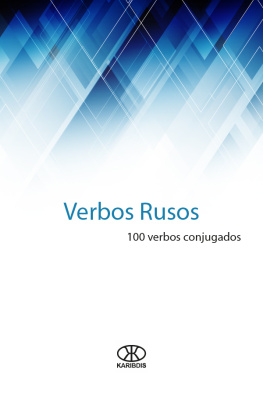


 AUXILIARES DEL INTERROGATIVO PARA EL TIEMPO PRESENTE Y PASADO DE TODOS LOS VERBOS EN INGLÉS (excepto to be: ser o estar; can: poder; must: deber)
AUXILIARES DEL INTERROGATIVO PARA EL TIEMPO PRESENTE Y PASADO DE TODOS LOS VERBOS EN INGLÉS (excepto to be: ser o estar; can: poder; must: deber) 